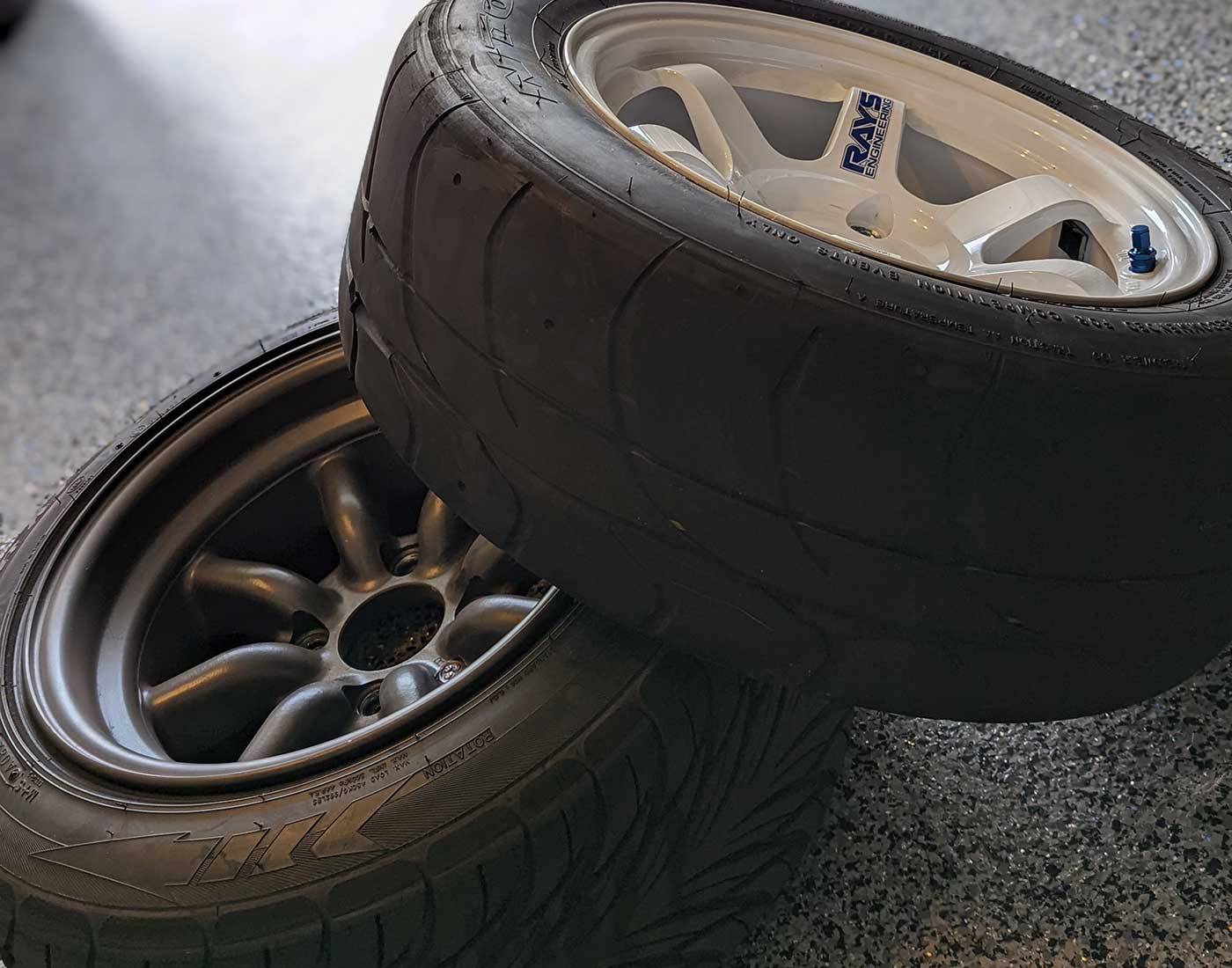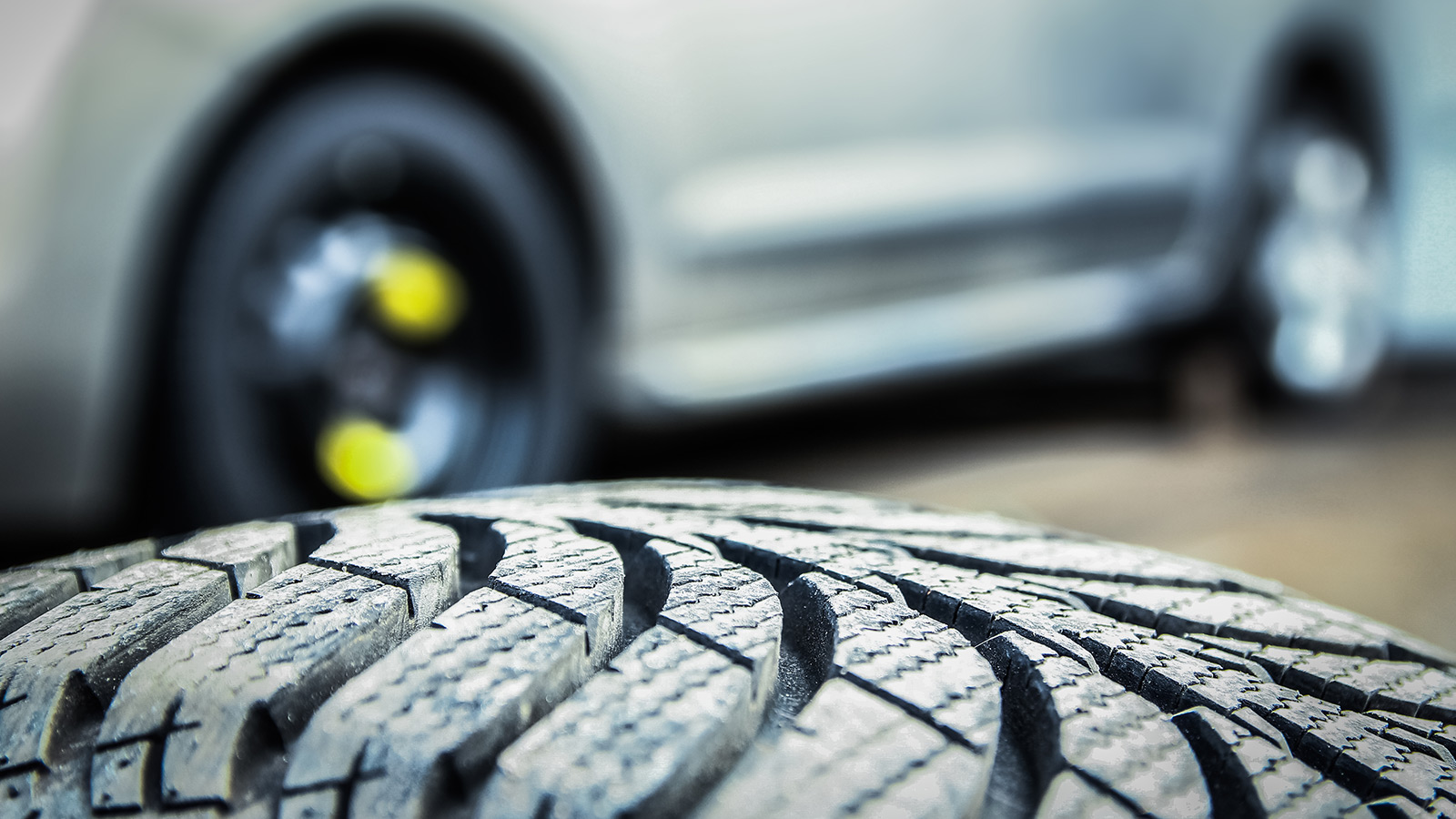All Categories
Featured
Table of Contents
I was able to get 100 hours out of among these tires, and while it had absolutely no tire lugs left on it, the soft substance made it work extremely wellas long as I was utilizing a soft mousse. Kitt Stringer photo Easy installing - 3Wear - 3Sidewall stamina - 3Performance on origins - 4Performance on wet rocks - 2Traction on dust - 5Cornering capacity - 4Traction while braking - 4Self-clearing of dirt and mud - 3Performance in mud - 3Overall predictability or monitoring - 3 _ 37 Verdict: This is a great all-around tire with good value for money.

The wear was constant and I such as how lengthy it lasted and just how constant the feel was during usage. This would certainly additionally be a great tire for faster races as the lug dimension and spacing bit in well on fast surface. Kitt Stringer image Easy mounting - 3Wear - 3Sidewall toughness - 3Performance on roots - 4Performance on damp rocks - 4Traction on dust - 4Cornering capability - 4Traction while braking - 5Self-clearing of dirt and mud - 4Performance in mud - 4Overall predictability or monitoring - 4_42 Final thought: I liked this tire a lot.
If I had to buy a tire for hard enduro, this would certainly remain in my leading choice. Easy placing - 3Wear - 3Sidewall strength - 3Performance on origins - 4Performance on damp rocks - 3Traction on dust - 4Cornering ability - 3Traction while stopping - 3Self-clearing of dust and mud - 4Performance in mud - 4Overall predictability or tracking - 3 _ 34 Conclusion: This tire was extremely soft and pliable.
All the gummy tires I examined carried out relatively close for the initial 10 hours or so, with the victors going to the softer tires that had better grip on rocks (Tyres). Getting a gummy tire will definitely provide you a strong advantage over a normal soft substance tire, but you do pay for that benefit with quicker wear
Best Tyre Shop Services – Swan
This is an optimal tire for spring and loss problems where the dust is soft with some moisture still in it. These tried and tested race tires are excellent all around, yet use quickly.
My total victor for a tough enduro tire. If I needed to spend money on a tire for daily training and riding, I would pick this set.
Wheel Balancing Services Near Me
I've been running a set of Michelin Power Pilot 2CT's on my track Daytona 675 for the past year. In that time I have actually done 15 track days in all weather conditions from chilly damp to super warm and these tyres have never ever missed out on a beat. Cheap tyres. I have actually done virtually 2,000 miles (3,200 kilometres) on them and as you can see from this shot of the front taken after initial session of my 15th track day on them, they still have quite a whole lot of rubber left on them
In other words the 2CT is a remarkable track day tyre. If you're the sort of cyclist that is most likely to run into both damp and dry problems and is starting out on track days as I was in 2014, after that I assume you'll be hard pressed to discover a much better worth for money and proficient tire than the 2CT; a set of which will set you back around 185 (US$ 300) in the UK.
Developing a far better all round road/track tyre than the 2CT need to have been a tough task for Michelin. The result of that initiative is the Michelin Pilot Power 3 which essentially changes the Pure. Do not puzzle this new tyre with the roadway going Pilot Roadway 3 which is not designed for track usage (although some cyclists do).
They inspire significant self-confidence and give outstanding grasp levels in either the damp or the completely dry. When the Pilot Power 3 launched, Michelin suggested it as a 50:50% roadway: track tire. That message has actually lately transformed because the tires are now recommended as 85:15% road: track usage instead. All the cyclist reports that I've read for the tyre price it as a better tyre than the 2CT in all areas but specifically in the wet.
Reliable Tyres Near Me
Technically there are plenty of distinctions in between the two tyres even though both use a dual substance. Visually you can see that the 2CT has fewer grooves cut right into the tire however that the grooves run to the edge of the tire. The Pilot Power 3 has even more grooves for much better water dispersal but these grooves do not get to the shoulder of the tire.
One facet of the Pilot Power 3 which is various to the 2CT is the brand-new 2CT+ technology which expands the harder middle section under the softer shoulders (on the rear tire). This should provide extra stability and decrease any type of "agonize" when increasing out of corners despite the lighter weight and even more flexible nature of this new tyre.

I was slightly dubious about these reduced stress, it transformed out that they were fine and the tires executed really well on track, and the rubber looked much better for it at the end of the day. Equally as a factor of reference, other (fast team) cyclists running Metzeler Racetecs were using tire stress around 22-24 psi for the rear and 24-27 psi on the front.
Thinking of a much better all rounded road/track tire than the 2CT must have been a hard task for Michelin. The result of that initiative is the Michelin Pilot Power 3 which essentially replaces the Pure. Don't perplex this brand-new tyre with the roadway going Pilot Roadway 3 which is not made for track usage (although some riders do).
Leading Tyre Checks
When the Pilot Power 3 launched, Michelin advised it as a 50:50% roadway: track tyre. All the cyclist reports that I've read for the tyre rate it as a far better tire than the 2CT in all locations however specifically in the damp.

Technically there are numerous differences in between both tyres although both use a double substance. Visually you can see that the 2CT has less grooves reduced right into the tyre yet that the grooves go to the edge of the tyre. The Pilot Power 3 has more grooves for much better water dispersal yet these grooves do not reach the shoulder of the tire.
One aspect of the Pilot Power 3 which is various to the 2CT is the brand-new 2CT+ modern technology which prolongs the harder center section under the softer shoulders (on the back tire). This ought to offer more stability and reduce any type of "squirm" when speeding up out of corners despite the lighter weight and even more versatile nature of this brand-new tyre.
Although I was slightly suspicious regarding these lower stress, it ended up that they were fine and the tyres executed truly well on course, and the rubber looked better for it at the end of the day. Equally as a point of referral, various other (quick group) bikers running Metzeler Racetecs were making use of tyre stress around 22-24 psi for the rear and 24-27 psi on the front
Latest Posts
Tyre And Wheel Services ( Stirling 6059 WA)
Tyre Shop Services Near Me – Bennett Springs WA
Trusted Wheel Alignment